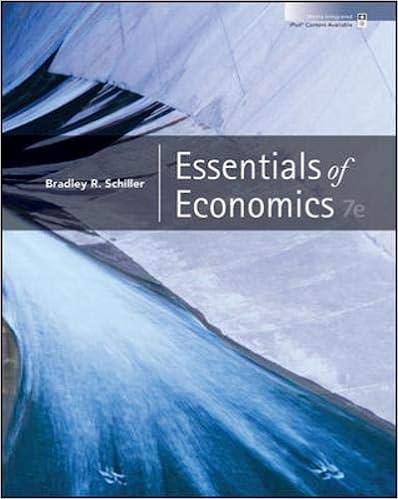This is a macroeconomics question.
1 One-period model 1.1 The invisible hand Let's go back in time to 1759, when Adam Smith rstly introduced the concept of invisible hand in the Theory of Moral Sentiments. The proud and unfeeling landlord views his extensive elds, and without a thought for the wants of his brethren, in imagination consumes himself the whole harvest [Yet] the capacity of his stomach bears no proportion to the immensity of his desires the rest he will be obliged to distribute among those, who prepare, in the nicest manner, that little which he himself makes use of, among those who t up the palace in which this little is to be consumed, among those who provide and keep in order all the different baubles and trinkets which are employed in the economy of greatness; all of whOm thus derive from his luxury and caprice, that share of the necessaries of life, which they would in vain have expected from his humanity or his justice...The rich...are led by an invisible hand to make nearly the same distribution of the necessaries of life, which would have been made, had the earth been divided into equal portions among all its inhabitants, and thus without intending it, without knowing it, advance the interest of the society. Smith is referring to the desire of men to be respected by the members of the com- munity in which they live and, while acting guided by their self interest, they are also unintentionally bringing benet to the society as a whole. The one-period model we have constructed in Lecture 3 has the property that a. competitive equilibrium has the same outcome that would be chosen by the invisible hand of the ctitious social planner. (a) Write down the problem of the ctitious social planner who chooses consumption and leisure so as to maximize welfare for the representative consumer, given the production technology. In your own words, what is the meaning of this social planner problem? Do you still need to solve the household and rm problems separately? [Hint: recall slide 28/38 of Lecture 3] (b) Form the Lagrangian and take the rst order conditions with respect to con- sumption, leisure and the Lagrange multiplier itself {which should give you back the Income-expenditure identity). Combine the rst order conditions with re- spect to consumption and leisure to substitute out the Lagrange multiplier (as we did in class for the competitive equilibrium). (c) Show that the social planner equilibrium conditions you just derived are iden- tical to the ones we obtained in class for the competitive equilibrium







